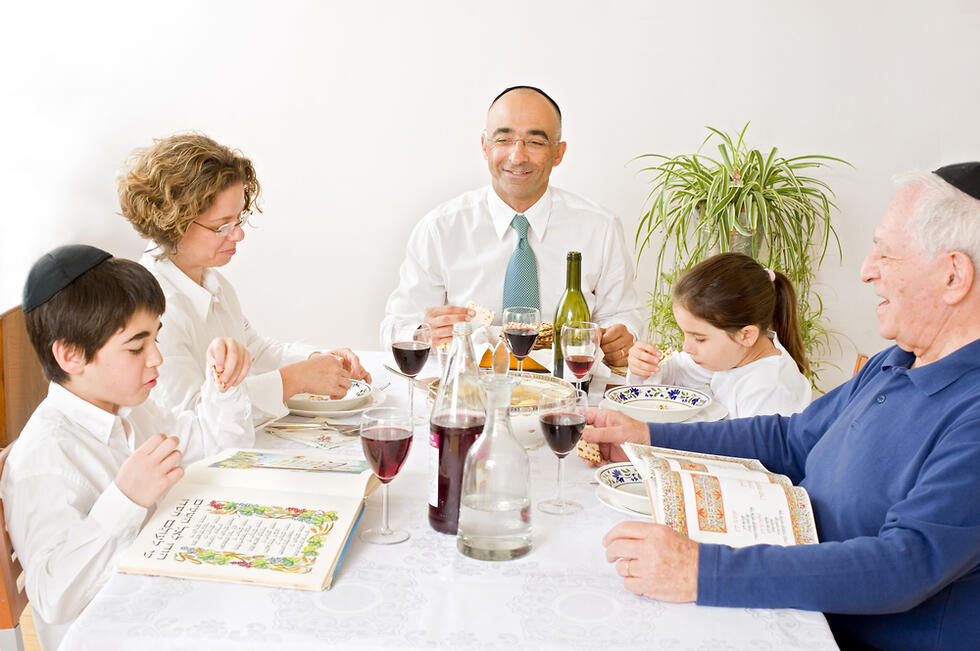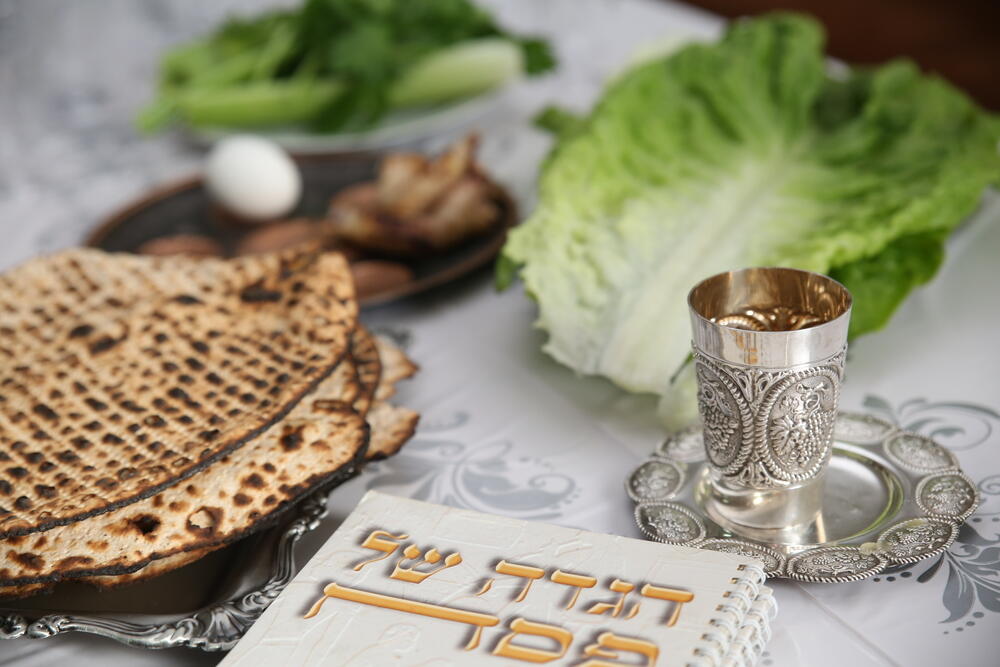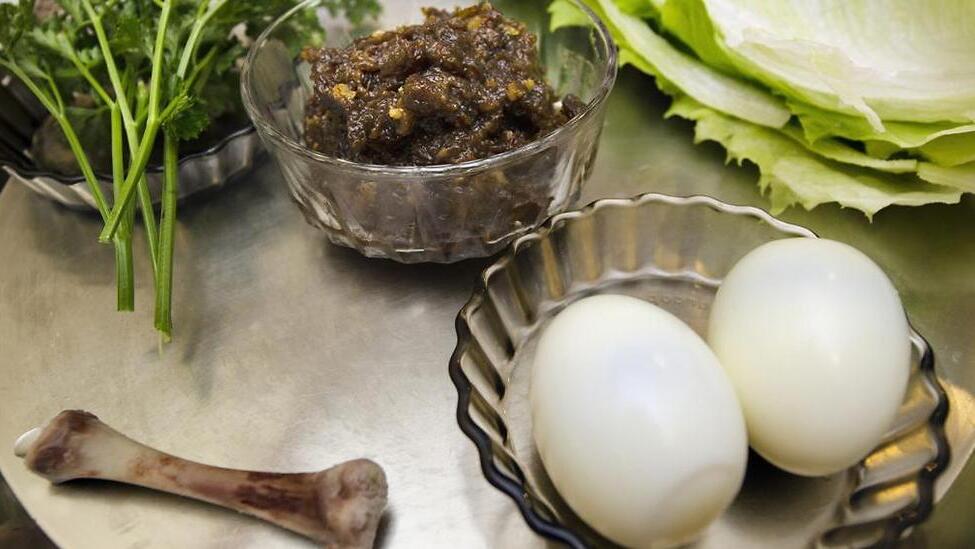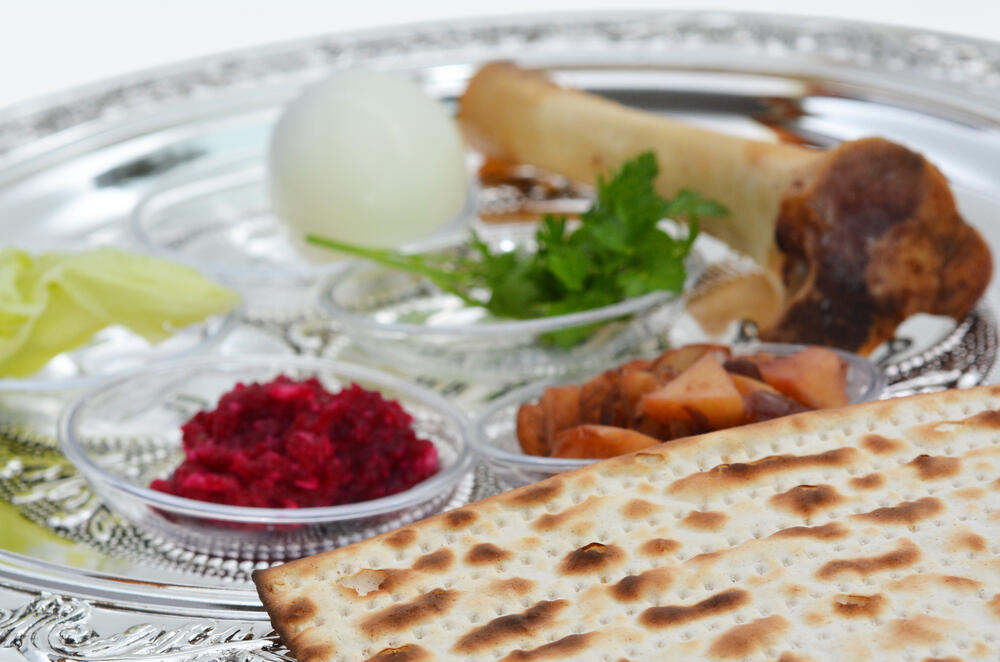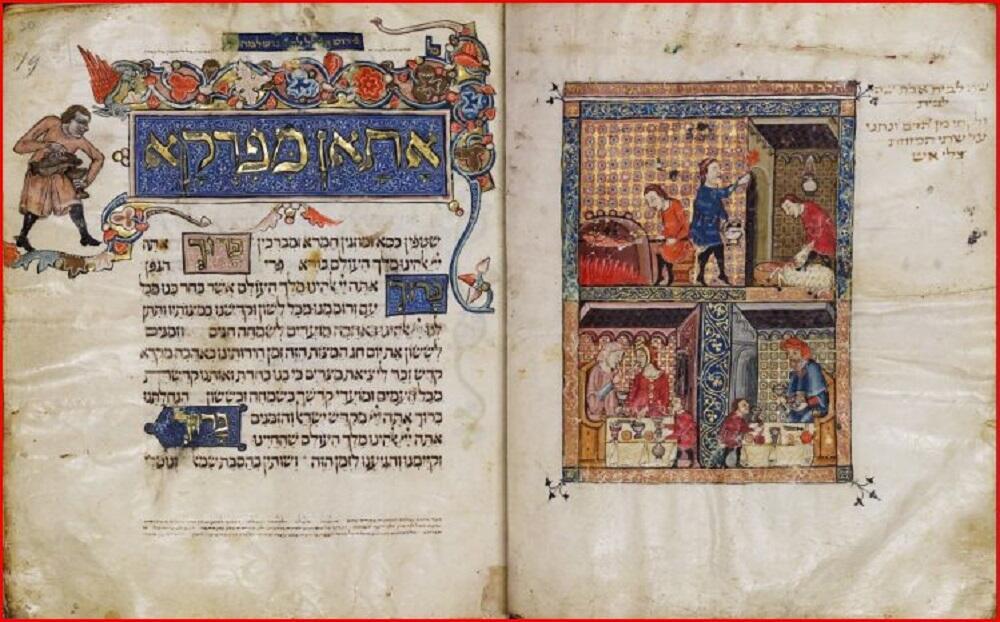When the eve of Passover falls on Shabbat
This year, the eve of Passover falls on Shabbat, which presents some specific differences from other years that it’s very important to be aware of and prepared for.
The Taanit Bechorot (or fast of the firstborn son) is observed on Thursday and therefore all those who are obligated to fast and choose to absolve themselves.
Bedikat Chametz, where we search for any products made with leaven, is performed on Thursday evening and the burning of the chametz is performed on Friday morning during the same morning hours that one traditionally burns the chametz on the actual eve of the holiday. This is despite the fact that we continue to be permitted to consume and benefit from chametz into Shabbat.
The recitation of the Bitul Chametz, the text that nullifies any leaven products still in one's possession that may have been overlooked, is therefore only recited on Shabbat morning when the full restrictions regarding chametz come into effect.
What do you eat on Shabbat that is also Passover eve?
People have different approaches regarding what they eat on a Passover eve that falls out on Shabbat. Many people are worried that the presence of any chametz in the home could lead to crumbs being spread into areas that had already been cleaned for Passover and they therefore choose to avoid any such foods. Given that there is a very strong custom prohibiting eating traditional matzah before the seder, those families typically choose to make the Hamotzee blessing on egg matzah.
The more widely-accepted custom for this day is to use very fresh bread (like pita) that shouldn’t cause crumbs and eat it away from the Shabbat table (but nearby) and then continue the meal using Passover utensils and Kosher for Passover foods.
The Seudah Shlishit (the third meal to be eaten after mid-day according to Jewish law (1:10 p.m. in Israel this year) can be eaten with meat or fish and the Sephardic custom allows for eating egg matzah at this meal.
Until Shabbat has completely ended, one should not begin the preparations for the Seder. This includes refraining from setting the table or preparing any food., It is permitted to take foods out of the freezer on Shabbat if you will need them to defrost in time for the Seder.
From Shabbat to Passover
At the beginning of the Seder, Havdalah is included in the recitation of Kiddush over the first cup of wine.
The sale of chametz via the Tzohar organization goes into effect one minute before the beginning of Shabbat, however the use of the chametz is conditionally allowed until Shabbat morning when the full restrictions go into effect. The sale and timing of when it goes in and out of effect is structured to be relevant for all individuals wherever they may be located, both in Israel and abroad.
The Seder plate
Even if you do not have a formal Seder plate, you can improvise by using small plates/ bowls and placing them on a larger tray/ plate. There is also a custom among Yemenite Jews to use the whole table itself as the Seder plate.
The plate contains 6 components:
Shank bone: Roasted shank bone from a chicken or cow; vegetarians use roasted potato or beet.
Haroset: Haroset is usually prepared close to the time of Seder, unless it is store-bought. Ingredients vary by traditions, but commonly include apples, almonds, walnuts and red wine. Prepare enough for the tray and holdersthe Korech “sandwich” section.
Horseradish: Raw/ shredded horseradish root
Karpas: Typically celery or cooked potato
Egg: Hard-boiled egg in its shell
Maror: Bitter lettuce or other bitter greens
What needs to be prepared before the start of the seder (but not on Shabbat)?
Matzot and vegetables and wine
• Bottles of wine or grape juice; amount depends on the size of your cup; the minimum volume is 86ml. 1 liter contains approximately 8 small cups. Calculate the volume of the cup X number of participants X 4 cups
• Matzah according to number of people and eating habits
• Celery and/or cooked potato, according to number of participants; not meant to be filling – about half a potato (or the size of a small matchbox) per participant
• Leaves of lettuce, medium-sized pieces that are clean and ready, enough for each participant; if it is your custom to eat the lettuce with maror (bitter herbs) as well, prepare more additional lettuce.
• Eggs to dip in salt-water, for those who have the custom; approximately a half egg per participant
• Bowls of salt-water
Accessories and equipment
• Matzah cover: if you do not have a special matzah cover with three pockets, napkins work perfectly to separate the three matzot from each other
• Cups for the Four Cups of wine; minimum volume = 86ml
• Kiddush cup
• Cup for Eliyahu (customary)
• Haggadot (can also be printed online, and/or colored by children before the holiday)
• Afikoman holder (any cloth/ plastic bag will do)
• Pillows to sit leaning comfortably
What comes next?
Print this guide out beforehand to remind you of the steps along the way.
Before we begin
On the table: 3 matzahs separated by napkins/ holder, Seder plate with symbols.
Make sure to smile at those around the table! A smile can go a long way in terms of shaping the environment of your Seder.
Here is the traditional order of events on Seder night, as written in the Haggadah:
Kadesh: Pour Cup #1 for everyone, make Kiddush standing up; the cup must be a minimum of 86ml and most of the cup must be drunk
Ur’chatz: Everyone washes their hands without a blessing; now is also the time to make sure your Karpas vegetable(s) is/ are on the table with salt-water.
Karpas: Traditionally we eat a cooked potato, raw celery or parsley, dipped in salt-water. Eat a small amount; this is not meant to be the meal.
Yachatz: You will need a bag or piece of cloth in which to wrap the Afikoman. Split the matzah into two pieces, the smaller one going between the other two matzahs, and the larger one becoming the Afikoman. Find a subtle way to hide the Afikoman without the children noticing.
Magid: This is the one of the main parts of the Seder: Tell the story of leaving Egypt! The Haggadah is a starting point, but you should make this story-telling your own, through sharing questions and ideas.
Rachtzah: Wash hands - this time with a blessing. If you still have not hidden the Afikoman, now is the time.
Motzee Matzah: Hold all three matzahs (now they are really 2 whole matzahs, and one half), and make the “Hamotzi” blessing.
Put the bottom-most matzah down and make the “Al Achilat Matzah” blessing on the other pieces
Break up the matzah and distribute enough so that each person has a solid portion (approx. ¾ of a machine-made matzah) Note that this means it may be preferable for each participant to start off with three of their own matzahs for there to be enough.
Maror: You’ll need haroset and clean lettuce leaves. Each participant receives a medium-sized piece of lettuce; eat it with haroset.
Korech: Break a piece of matzah and eat as a “sandwich” with haroset and either horseradish or lettuce (maror).
Shulchan Orech: Now comes the salt-water dipping (eggs, vegetables, etc). And of course, the main meal! Make sure to leave room for the Afikoman.
Tzafun: Now is the time to retrieve the hidden Afikoman. Once found, it should be eaten by everyone at the table before chatzot (Halakhic midnight). After finishing the Afikoman, one should not eat anything else, but may continue drinking.
Barech: Pour the third cup and say Birkat Hamazon (blessing on the meal). At the end, make the blessing over and drink the third cup while learning. Pour a cup for Eliyahu (customary) and say the “Shfoch Chamat’cha” (“Pour out your anger”) passage, typically while standing.
Pour fourth cup.
Hallel: Recite verses of Hallel (the thanksgiving prayer) and at the end, make the blessing over and drink the Fourth Cup while leaning. Then say the Bracha Achrona (final blessing) over the glass of wine.
Nirtzah: Finish the seder with songs and praises, each family with its go-to favorites.
May we merit reaching “Next year in rebuilt Jerusalem” together with the entire united Jewish People.
Israel's chief rabbi wishes Jews in the diaspora a happy holiday
(Alex Gamburg)
Get the Ynetnews app on your smartphone: Google Play: https://bit.ly/4eJ37pE | Apple App Store: https://bit.ly/3ZL7iNv
First published: 02:22, 04.05.23



